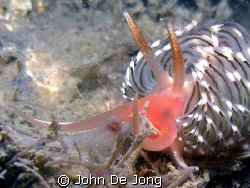
by
John De JongFacelina bostoniensis, close up of the head. When the visibility is poor in the Netherlands, Macro can save our dive ;-)
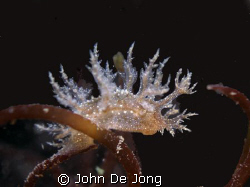
by
John De JongDendronotus frondosus. Most of the time hidden, I was lucky this one came out of it´s camouflage.

by
John De JongSabella pavonina. Last summer most of them are eaten by a new predator for the Netherlands, the Tubulanus superbus.
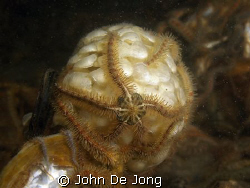
by
John De JongSalvador Dahli: that´s what what I thought when I saw these eggs of Buccinum undatum covered by Ophiotrix fragilis
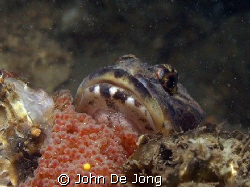
by
John De JongThe Myoxocephalus scorpius male is protecting the eggs. He will defend and clean them for about 5 weeks. When he saw his own face in my dome port, he attacked it immediately….
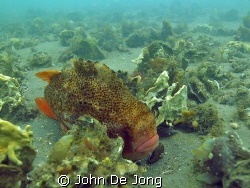
by
John De JongCyclopterus lumpus male. In his neigbourhood we found his eggs on 2 places. The male is protecting them till the juvenile come out, 4-8 weeks later. These picture was made on a depth of 10 meters, usualy it is hard to make a natural light picture .
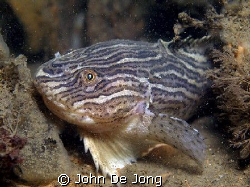
by
John De JongLiparis liparis comes every winter to put there eggs into the Haliclona oculata
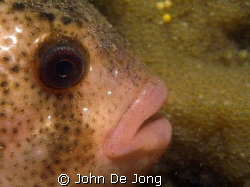
by
John De JongThese Cyclopterus lumpus protects his eggs in the background. He will stay here till the juvenile fishes come out.
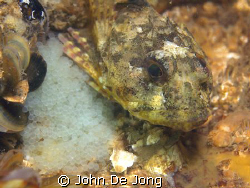
by
John De JongFather & son? Also the male of the Enophrys bubalis takes care of the eggs. Taken with my Olympus E330 with 50mm macro lens.
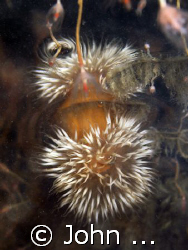
by
John De JongThe air bubbles at the ceiling of the pilaster of the “Seelandbridge” work as a mirror. You can get weird effects. Here an anemone seen in the mirror.
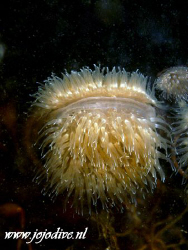
by
John De JongThe 2nd picture of my mirror experiment in the Oosterschelde. Anemone in the air mirror.
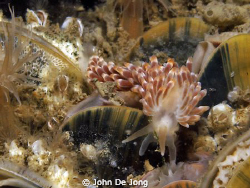
by
John De JongTrinchesia gymnota, another colourfull specie from our grey and green waters.
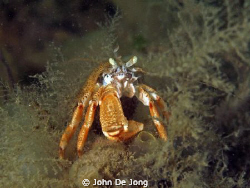
by
John De JongOur waters can be grey, but these heremite lobsters make it colourful.
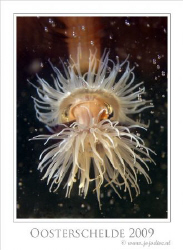
by
John De JongUnder the Sealandbridge the air of the divers makes a mirror to the ceiling. You get weird effects when anemones stick out of the mirror.
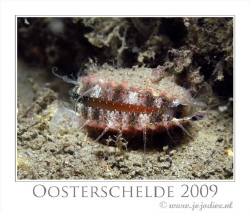
by
John De JongThe Aequipecten opercularis shows his eyes only when you come with less light, and not to close. When there is any danger he will close himself (herself) and you see only the outside. These picture is made in the Oosterschelde, with less visibility.
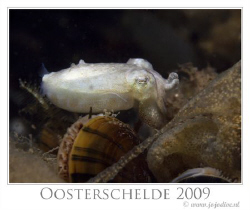
by
John De JongAfter the mating of the Sepia in May and June, juvenile can be found about six weeks later. This one is about 1-2cm long, the mussel in the rear side give some indication about the size.
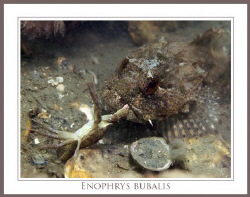
by
John De JongThese Enophrys bubalis just catches these small crab. Seconds later the crab disappeared inside the bubalis.
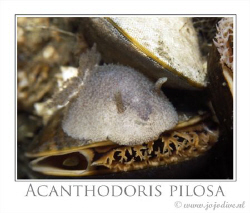
by
John De JongThe Acanthodoris pilosa is small (1-2cm) and hidden between the mussels. And of course not as colourful as it’s tropical brothers and sisters. But I like these small animals.
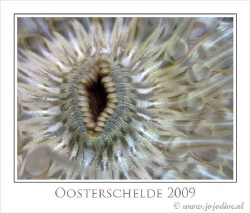
by
John De JongSagartia troglodytes is so common in our waters, that most divers don’t even look at it. That’s a pity, because if you see them in close up you will discover the beauty of this animal.
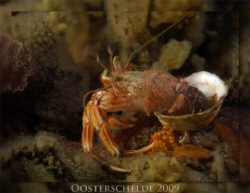
by
John De JongThese heremite couldn't find a house that fits to his size. Normally you don't see his backside.
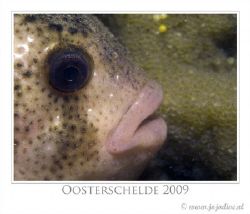
by
John De JongCyclopterus lumpus (Lump sucker) male with eggs. The male protects the eggs till the juvenile fishes come out.
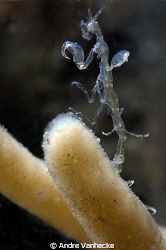
by
Andre VanheckeNikon D70
Nikon 60mm macro
Subal D70
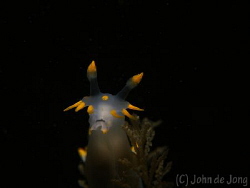
by
John De JongPolycera quadrilineata with snoot.
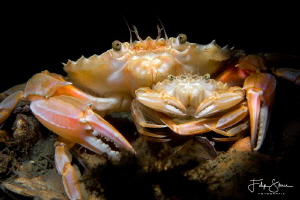
by
Filip StaesHarbour crab or Sandy swimming crab(Liocarcinus depurator), Zeeland, The Netherlands.
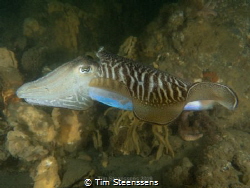
by
Tim SteenssensSepia @ Oosterscheldt, The Netherlands